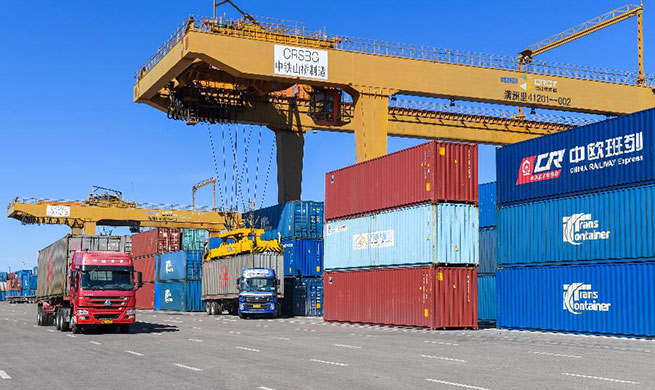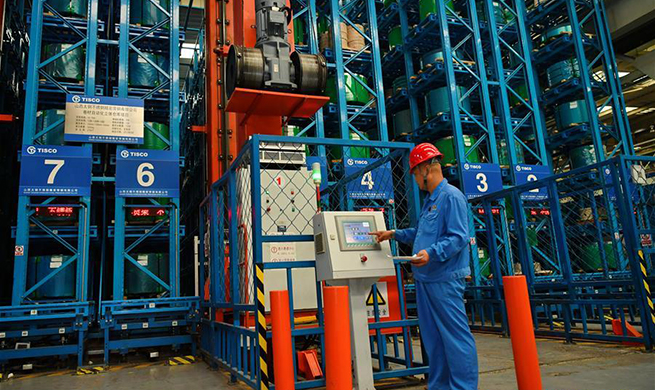GUANGZHOU, June 4 (Xinhua) -- South China's Guangdong Province has seen great improvement in its ecology and environment, including air quality, surface water and marine environment.
The air quality of the province improved significantly last year, said an annual report released Tuesday by the Guangdong Provincial Bureau of Ecology and Environment.
In 2018, the PM2.5 density of Guangdong dropped by 6.1 percent from a year earlier to 31 micrograms per cubic meter. PM2.5 is a key indicator of air pollution.
The density of sulfur dioxide, nitrogen dioxide and PM10 droped 9.1 percent, 3.4 percent and 3.9 percent, respectively.
The province, however, reported an increase of ozone concentration in the past two years, which has become a main pollutant in the air.
The quality of drinking water and surface water was generally good, said the report, which also exposed heavily polluted rivers and sections.
Guangdong enterprises have made great efforts to reduce carbon emissions. For instance, the carbon emissions per unit of electricity from thermal power plants declined by 4.9 percent year on year.
The province has strengthened environmental inspection and carried out campaigns to deal with water pollution and enhance industrial pollution control, the report said.
Guangdong facilitated the construction of sewage facilities last year, adding 1.6 million tonnes of domestic sewage treatment capacity and building nearly 8,000 km of pipeline across the province.



















